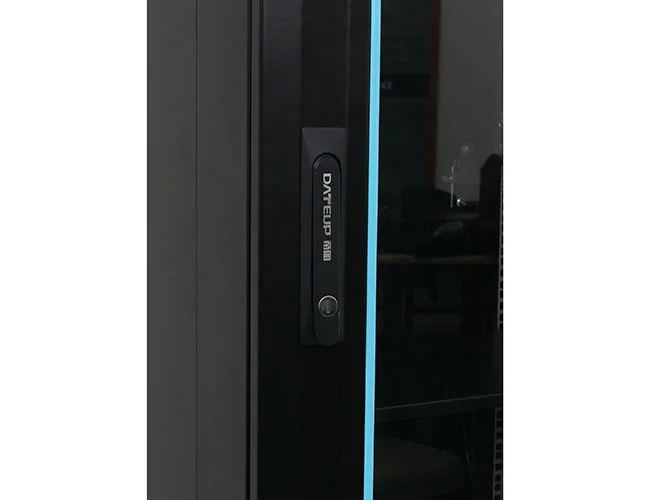News
Site Editor
 Site
https://leonetworkgroup.usa18.wondercdn.com/uploads/image/5fe152faa587d.png
OTG (On-The-Go) cables are used to connect external devices, such as flash drives, keyboards, or game controllers, to smartphones or tablets. These cables usually have a micro-USB or USB-C connector on one end and a standard USB connector on the other. Testing an OTG cable involves verifying that it can transfer data and power between devices and that it is compatible with your device and external
Site
https://leonetworkgroup.usa18.wondercdn.com/uploads/image/5fe152faa587d.png
OTG (On-The-Go) cables are used to connect external devices, such as flash drives, keyboards, or game controllers, to smartphones or tablets. These cables usually have a micro-USB or USB-C connector on one end and a standard USB connector on the other. Testing an OTG cable involves verifying that it can transfer data and power between devices and that it is compatible with your device and external
How To Test Otg Cable
Views: 1077
Author: Site Editor
Publish Time: 2023-07-13
Origin: Site
OTG (On-The-Go) cables are used to connect external devices, such as flash drives, keyboards, or game controllers, to smartphones or tablets. These cables usually have a micro-USB or USB-C connector on one end and a standard USB connector on the other. Testing an OTG cable involves verifying that it can transfer data and power between devices and that it is compatible with your device and external devices.
Here are the steps to test an OTG cable:
1. Check the compatibility: Ensure that your device supports OTG functionality. You can check your device’s manual or search online to confirm.
2. Plug the cable in: Plug one end of the OTG cable into your device’s micro-USB or USB-C port. The other end of the cable should have a standard USB port.
3. Connect an external device: Try connecting an external device, such as a flash drive or keyboard, to the OTG cable’s USB port. Make sure the external device is compatible with your device and that it does not require additional drivers or software.
4. Verify connection: Once both devices are connected, check whether your device can detect the external device. For example, if you connect a flash drive, the device should show a notification that says “USB drive connected” or similar.
5. Transfer files: Copy a file from your device to the external device and vice versa to test data transfer. You can use your device’s file manager or OTG checker app to verify that files are transferred successfully.
6. Test power delivery: If you’re connecting an external device that requires power, such as a gaming controller, ensure that the OTG cable can deliver power to the device. You can check the device’s manual or specifications to verify its power requirements.
7. Use an OTG tester: If you want to test the OTG cable’s performance more comprehensively, you can use an OTG tester. These testers can verify the cable’s data transfer speed, power delivery, voltage, and any connectivity issues.
In conclusion, testing an OTG cable involves verifying that it can transfer data and power between devices and that it is compatible with your device and external devices. Follow the steps described above to ensure that your cable is working correctly and is suitable for your needs.
If you want to know more about industrial network cabinet,china fiber optic splice closure,china fiber optic distribution box,please consult the fiber optic splice closure factory









